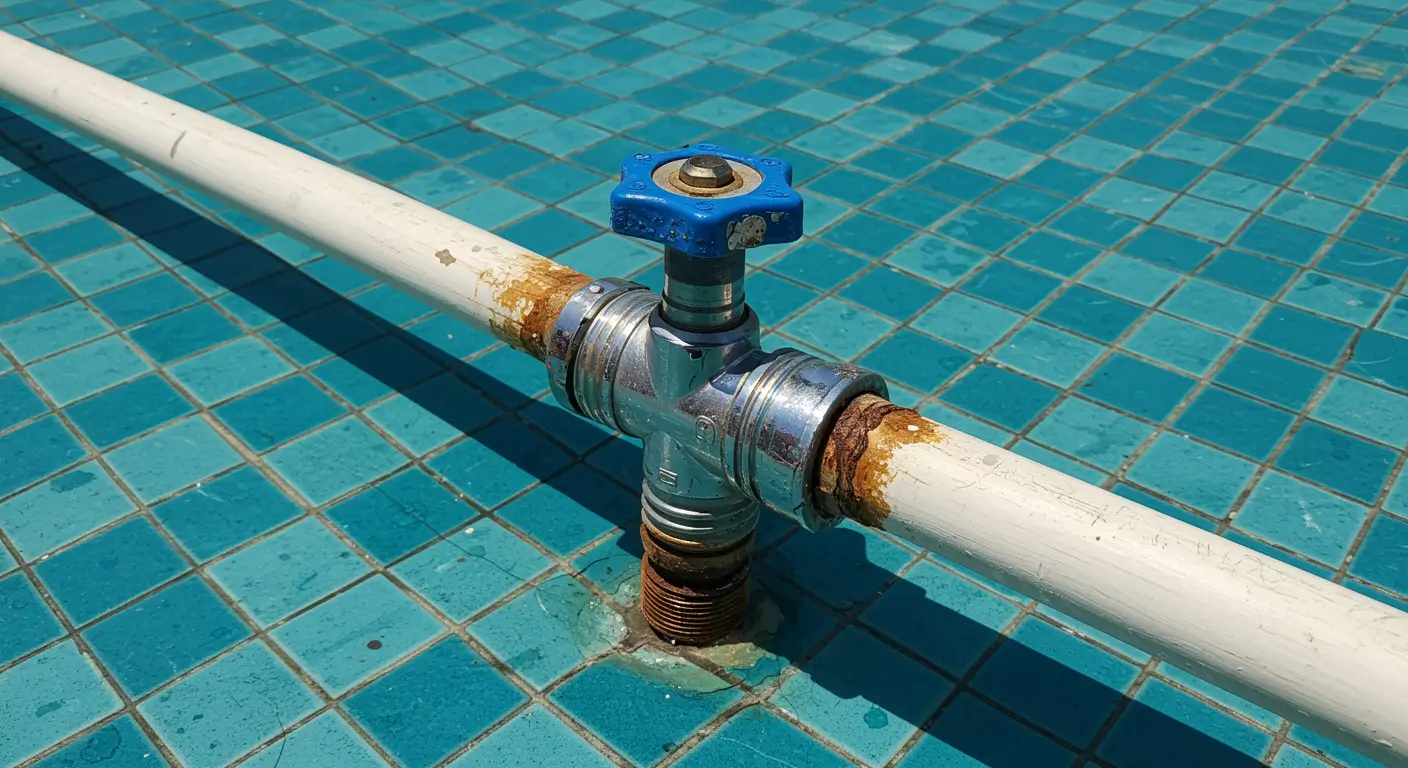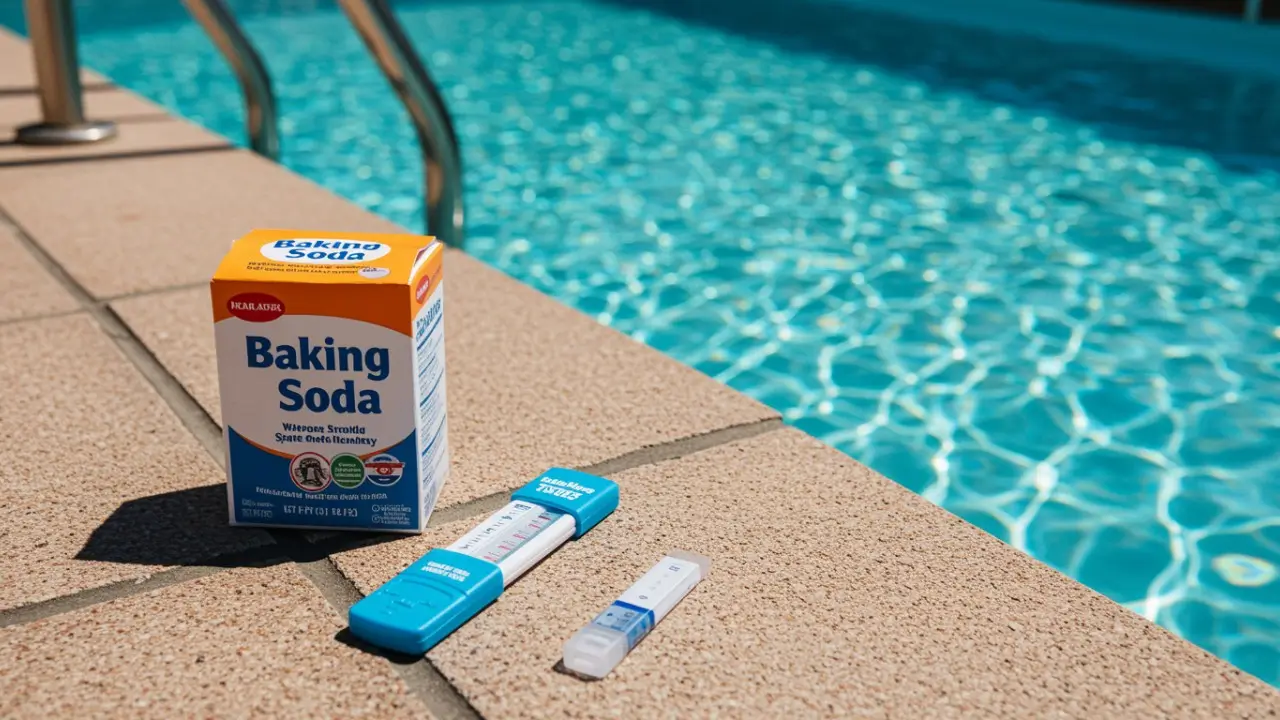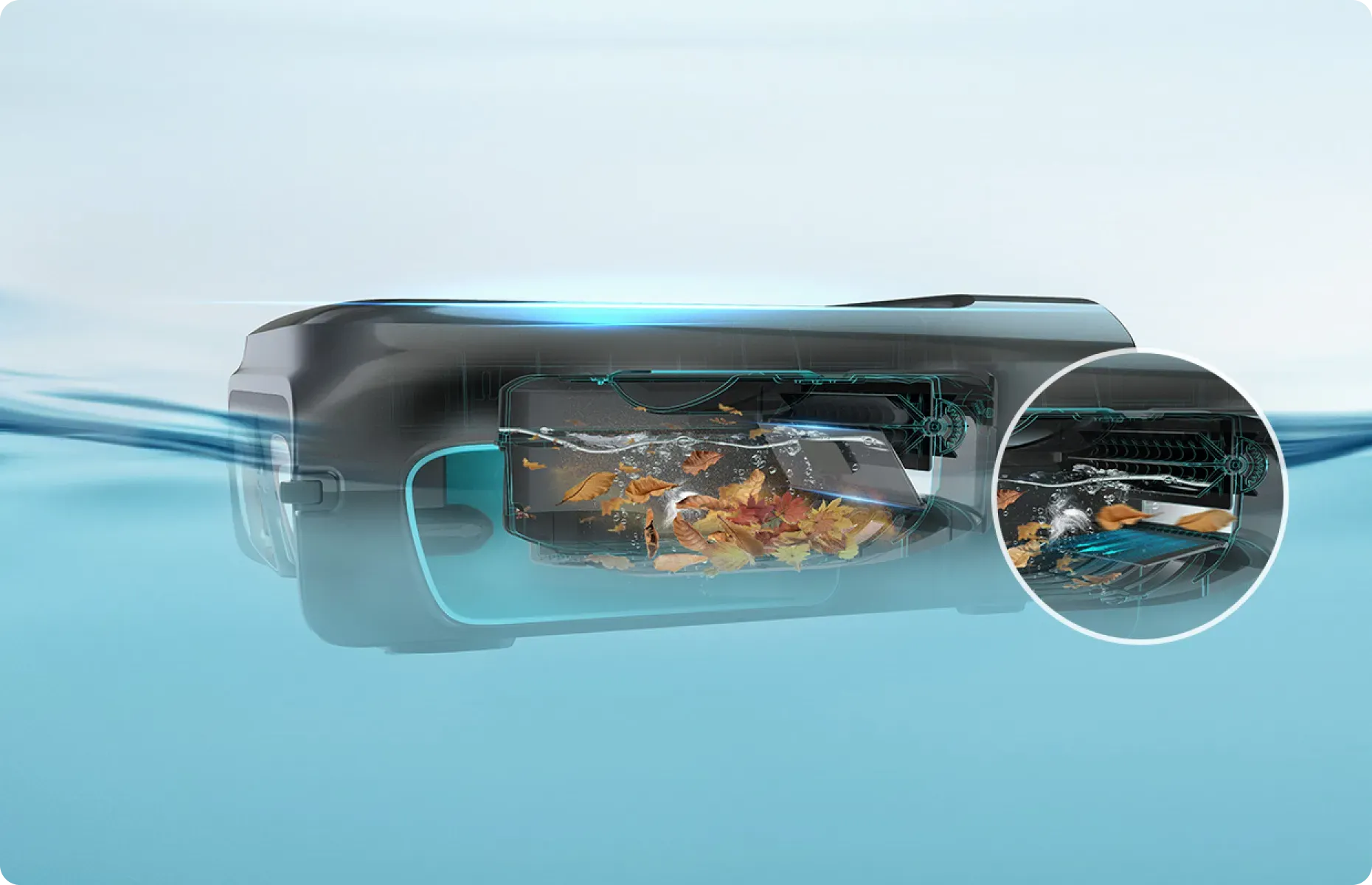How to Raise Total Alkalinity in Your Pool: An Australian Guide

How is it that one day your pool can look nothing short of perfect? The water is shimmering, ready to just dive into. Yet in the next breath, the water's cloudy, your pH levels are all over the place and your pool barely even looks safe. This is quite a common issue. In fact, if you see any of these signs, chances are you could be dealing with low total alkalinity. This one seemingly small fault can throw everything else off balance. But here’s the thing; the solution is simpler than most people think. Because in reality, all you need is a basic test kit, baking soda, and some patience. That’s literally all you need. In this Aussie-friendly guide, you’ll find out exactly how to raise the total alkalinity in your pool. We will also tell you why it actually matters, and what to avoid. So let’s go.
What Is Total Alkalinity, and Why Does It Matter for Aussie Pools?
Total alkalinity is kind of like your pool’s bodyguard. It protects your pH levels so they don’t move up or down whenever you add chemicals or top up your water levels. Without total alkalinity, your pool chemistry will not be steady and bacteria is more likely to show up. According to the Swimming Pool & Spa Association Australia (SPASA, 2024), total alkalinity should be maintained between 100–120 ppm to ensure stable pH and effective sanitisation. If your levels dip below that, then here are some problems you may face:
- Your equipment and fittings may corrode quicker
- Your pool surfaces will stain easier
- Your chlorine levels will become unstable
- Your pool being harder to keep clean
The goal when maintaining your pool quality is to create balance, and once your alkalinity is taken care of, your overall pool maintenance routine becomes a lot easier.

5 Steps to Raising Total Alkalinity in Your Pool
Step 1: Test Your Pool Water
One thing you are going to need is a reliable test kit. It will need to be a full liquid test if you can get one. You’ll need to check both your total alkalinity and pH levels. The two are closely connected, which is why one affects the other. Take note of your current levels and compare them to the ideal range of 80–150 ppm.

Step 2: Get Your Baking Soda and Calculate the Dose
To raise total alkalinity, you’ll be using sodium bicarbonate in this practice (better known as baking soda). You can easily find this at most pool stores, or even places like Bunnings. When talking dosages, as a general rule, 180 grams of baking soda raises 10 ppm in a 10,000 litre pool. So determine the amount you use based on your pool size.
Step 3: Add the Baking Soda to Your Pool
A common mistake is dumping the baking powder into the skimmer. In fact, sources like NSW Health recommend broadcasting it directly across the surface of the water, or dissolving it in a bucket of water first to ensure it spreads properly. If you’ve got a fibreglass pool, pre-dissolving in a bucket is a safer bet.

Step 4: Run Your Pump (Circulate the Water)
Run your pump system for 4-6 hours after you have added the baking soda. This helps the soda disperse properly and avoids any clumping or settling at the bottom.
Step 5: Retest After 24 Hours
Give your water time to circulate and then test again the next day. If the reading is still too low, then repeat the steps in smaller doses. It’s important that you stay patient at this stage and avoid overcorrecting.
How Much Baking Soda to Raise Total Alkalinity by 10 ppm
To save you doing the maths, here is a quick reference chart based on that formula for common pool sizes. We've rounded the numbers slightly to make them easier to measure and to ensure you don't add too much at once.
|
Pool Size (Litres) |
Baking Soda (Sodium Bicarbonate) |
|
40,000 L |
Approx. 700 grams |
|
50,000 L |
Approx. 850 grams |
|
60,000 L |
Approx. 1 kilogram |
|
80,000 L |
Approx. 1.35 kilograms |
Disclaimer: Ensure that you test first and add gradually. These are general guidelines, not precise formulas.
Common Mistakes to Avoid
Mistake 1: Adding Too Much at Once
It’s tempting to add it all in one go, especially if levels are taking a while to formulise. However, dumping too much baking soda raises total alkalinity too far, which can solidify your pH and make it hard to adjust later.
Mistake 2: Confusing Baking Soda with Soda Ash
Sodium bicarbonate is baking soda which raises alkalinity. Sodium carbonate is soda ash, which raises pH. They’re not the same thing, and if you use the wrong one, your levels will become extremely uneven and perhaps damage your pool.
Mistake 3: Adding Chemicals While People Are Swimming
It sounds obvious, but people still occasionally do it. Always be sure to treat your pool when it’s empty and keep the pump running afterwards. Make sure the water has settled for a while before you let anyone jump in.
Beyond Balancing: Pro Tips for Total Pool Care
Straightening out your total alkalinity is a great first step. But long-term, consistency will make pool maintenance easier on yourself.
Automate the Hard Stuff
Once your chemistry is balanced, automatic robotic pool cleaners can handle much of the maintenance. These devices scrub pool floors, climb walls, and keep water circulation consistent, which helps chemicals distribute evenly.

Keep the Surface Clean
Floating leaves and insects can affect water chemistry. Solar-powered surface skimmers remove debris efficiently, running on renewable energy without manual effort.

Monitor Your Water Smartly
While total alkalinity still needs manual testing, smart water monitoring devices can track pH, chlorine, and temperature in real time and send alerts to your phone, allowing you to react quickly before problems escalate. It’s actually really simple. That allows you to act before problems get worse, without constant manual checkups.
Summary: Best Practices for a Balanced Aussie Pool
So, to recap. Your total alkalinity should always stay between 100-120 ppm, as recommended by SPASA. If it falls short, then test your water, add baking soda (slowly), circulate, and retest your levels. Fixing total alkalinity does require a lot of patience. Being able to get ahead of any issues will allow you to prevent pH spikes, surface damage, and nasty water before any of it starts to get bad. In fact, if you use automatic tools like pool cleaners, a huge chunk of the manual work gets handled without you lifting a finger, basically on autopilot. We all know aussie summers can be brutal (especially when trying to sleep). No matter what, don’t let bad water chemistry make it worse. If you’re able to control your total alkalinity, your pool will stay flawless all season.
Frequently Asked Questions About Raising Pool Alkalinity
Q1. What causes total alkalinity to drop?
A: Heavy rainfall is the biggest cause, as rainwater is acidic and dilutes your pool's chemical balance. Using acid to lower pH and even splash-out from swimmers can also gradually reduce your total alkalinity levels over time.
Q2. How do you raise total alkalinity fast?
A: The fastest way is using baking soda. For quicker results, pre-dissolve it in a bucket of pool water before broadcasting it evenly across the pool's surface. Ensure the pump is running to circulate the water quickly.
Q3. Should I adjust alkalinity or chlorine first?
A: Always adjust your total alkalinity first, followed by pH. These two levels must be balanced for your chlorine to sanitise the water effectively. Getting the alkalinity right makes every other chemical's job easier and more stable.
Q4. What if my alkalinity is low but my pH is high?
A: This is a common scenario. First, use a pH reducer to lower your pH, which will also slightly decrease your TA. Then, carefully raise the alkalinity with baking soda, which will gently bring the pH back up into the ideal range.
Q5. Can I raise total alkalinity without raising pH?
A: Not entirely, but you can minimise the pH increase. Using baking soda (sodium bicarbonate) is the best method as it has a major impact on alkalinity with only a small effect on pH, unlike soda ash which raises pH dramatically.
Q6. Can you swim in a pool with low alkalinity?
A: It's not recommended. Low alkalinity causes unstable pH levels, which can lead to skin and eye irritation. It also makes your chlorine less effective, meaning the water may not be properly sanitised and safe for swimming.
Q7. Will pool alkalinity raise on its own?
A: No, pool alkalinity will not raise on its own. It typically only decreases over time due to external factors like rain, so it must be manually increased with products like baking soda whenever it drops below the ideal range.

